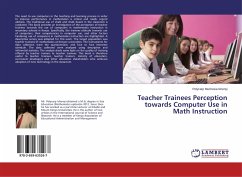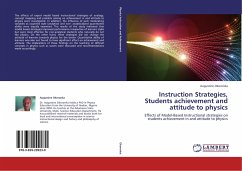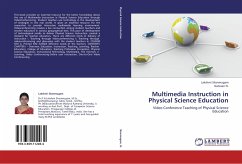With the rapid development of brain imaging technology, we can study more deeply the brain and discover many facts about this organ which stands at the heart of learning or other complex activities specially in formal educational settings. Improving in education from many aspects requires us to get help from other disciplines or even new trends so-called interdisciplinary. Nowadays,some methods, strategies, and even instructions in education domain can be revised and supported by novel science such as neurology, neuropsychology, to name just a few. As is known to all, vocabulary instruction got new attention recently since it was considered the fundamental aspect of each language under learning. In other words, the more words learner knows the more proficient s/ he will be. It is hoped that the application of evidence obtained from brain research to vocabulary instruction will maximize second language learners' effort in vocabulary acquisition.
Bitte wählen Sie Ihr Anliegen aus.
Rechnungen
Retourenschein anfordern
Bestellstatus
Storno








